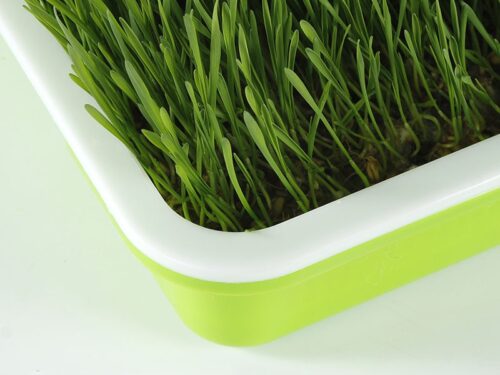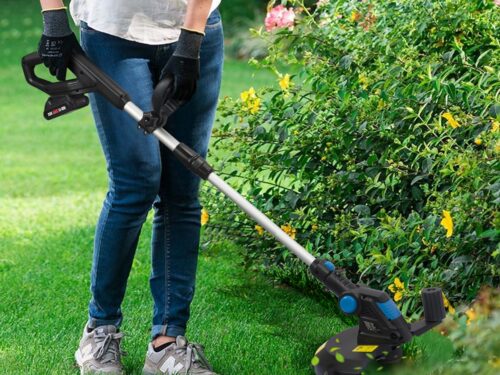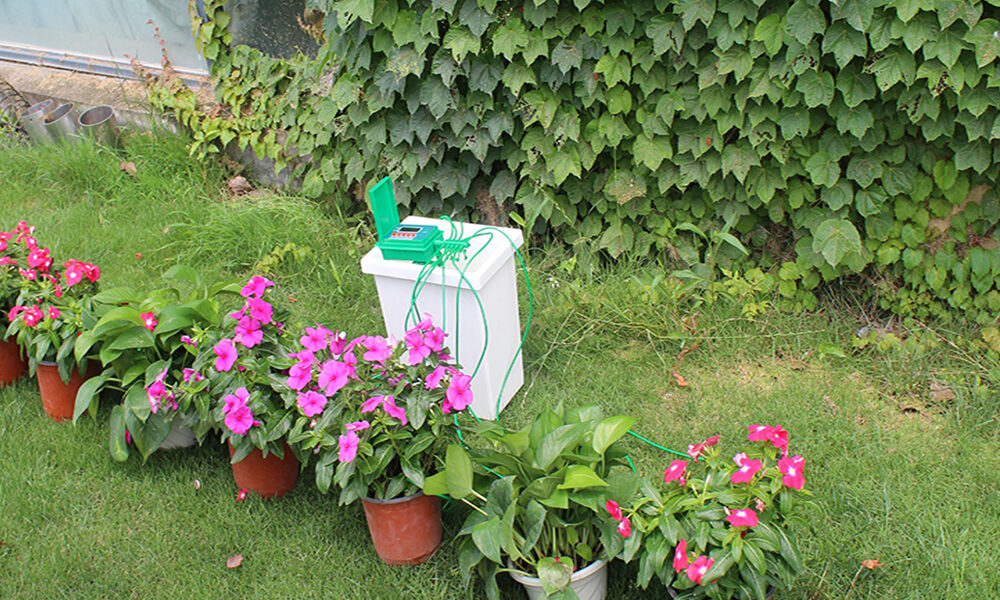
Peat has been a staple ingredient of composts sold in British garden centres since the 1960s, even though it’s not actually that nutritious for plants. The reason why this spongy turf is coveted by gardeners is that it can hold onto both water and air and it’s generally free of pests and diseases. This makes peat the perfect environment for seeds to germinate and establish strong roots.
But few realise that the peat compost people buy each spring for their gardens took thousands of years to form. Extracted from bogs, fens and marshes, peat is the partially decomposed remains of ancient plants and animals. Peatlands in Europe contain five times more carbon than forests and disturbing peat for agriculture or harvesting it for compost releases CO₂ to the atmosphere, accelerating climate change.
The UK government plans to ban peat use among amateur gardeners by 2024✎ EditSign. It had originally hoped garden centres in England would voluntarily stop selling peat-based products by 2020. But peat is a cheap resource and swapping it for compost made from alternatives makes little financial sense for these companies without binding regulation. As a result, peat still accounts for around 35% of all compost sales✎ EditSign – an increase of 9% in 2020 alone.
With the proposed ban and a pledge to restore 35,000 hectares of peatland across the country by the year after, retailers can no longer delay the transition to peat-free compost. Happily for green-fingered consumers, evidence suggests more ecologically benign compost can still keep gardens blooming beautifully.
Get news that’s free, independent and based on evidence.
Get newsletter
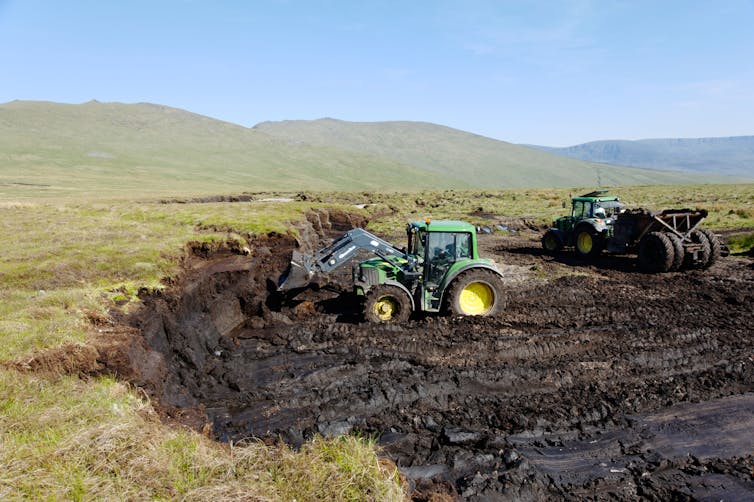
Peat-free compost blends
Research to find peat replacements began in the 1970s, as the environmental consequences of destroying peatlands started to attract concern in the UK. The first generation of compost alternatives were often made from waste materials that had been composted, such as grass and tree clippings from parks and gardens (known as green waste), food processing byproducts such as spent brewers grain and animal manures.
These composts were inconsistent for a number of reasons. The blends were often changed from one year to the next, making it difficult for gardeners to adapt. Many contained higher levels of nutrients than some plants needed and the physical structure of some alternatives were rather different to peat, making it necessary to change the watering regime of plants, which was confusing for hobby gardeners. At the time, these composts were primarily sold in the retail sector to the general public, disappointing many who were accustomed to working with peat. This fostered a long-lasting resistance to peat alternatives.
More recent research✎ EditSign led by manufacturers, professional growers and consultants has revealed a new generation of composts. Different materials – especially bark, wood and coconut fibre – can be blended to form composts which perform as well as peat. This new phase of research looked closely at how different materials interacted within blends, and led manufacturers to reduce the amount of green waste they use, which tends to vary in quality.
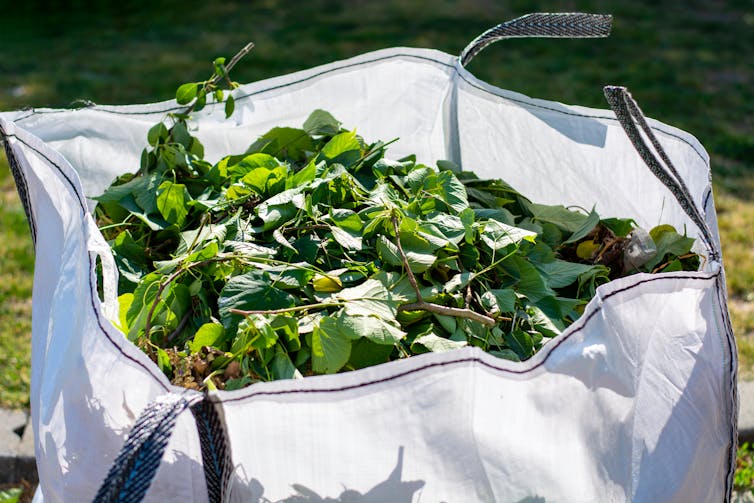
One project tested these different blends of bark, coconut and wood fibre and found these mixtures could effectively replace peat in everything from sowing seeds, to growing young plants and larger ornamental nursery stock and soft fruit. Detailed analysis of each material’s ability to hold water and air in the required proportions – as well as their capacity to drain – revealed a formula which can predict how different materials will perform in any given blend, helping manufacturers develop composts of reliable quality.
Although most of the recent research has involved testing the performance of peat-free mixtures under commercial plant nursery conditions✎ EditSign, there’s no reason hobby gardeners shouldn’t have the same level of success.
New blends of peat-free composts are already available in garden centres. New Horizon, a blend of loam and plant fibre, has outsold many peat-based brands✎ EditSign. Sadly, only one in 20 retailers has announced plans to eliminate peat in their stores within the year.
Renewed pressure from the government and increasing consumer awareness could drive wider action. A new responsible sourcing scheme within the horticultural industry will help ensure that new compost blends meet agreed sustainability standards in their sourcing and manufacture too. The stage is set for bags of peat-based compost to disappear from garden centres, but the transition to peat-free gardening will depend on gardeners sharing their experiences of how to get the best possible results from new peat-free products.


